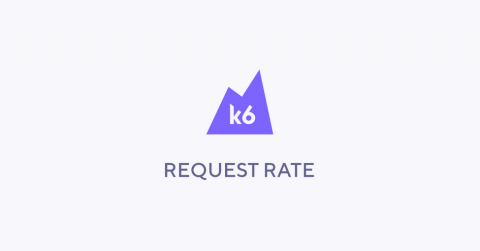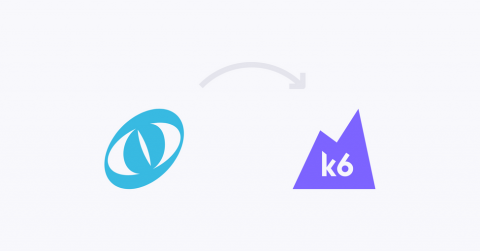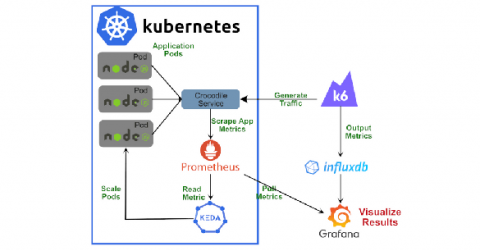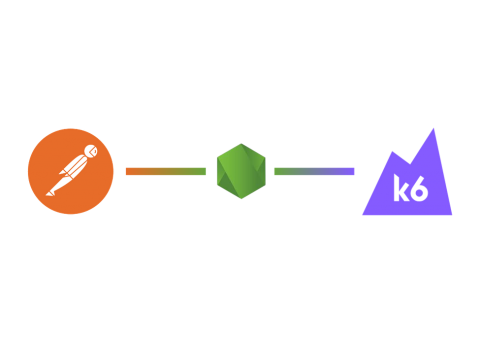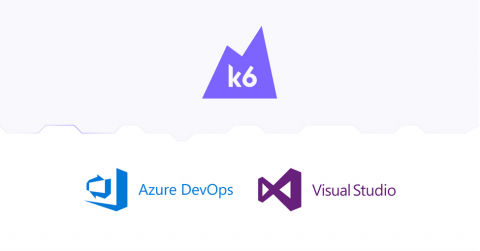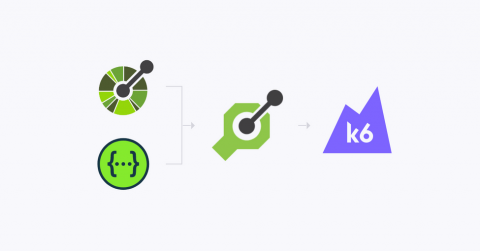How to generate a constant request rate in k6 with the new scenarios API?
Before the release of k6 v0.27, there was insufficient support for generating constant request rates. Therefore, we introduced a JavaScript workaround by calculating the time it takes for requests to exhaust each iteration of the script. This v0.27 release includes a new execution engine and lots of new executors that cater to your specific needs. It also includes the new scenarios API with lots of different options to configure and model the load on the system under test.


